Quick Info:
MIDI-plant

Scrap Tire Recycling
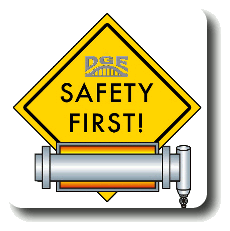
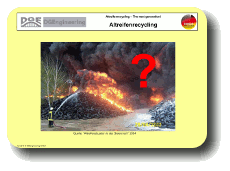
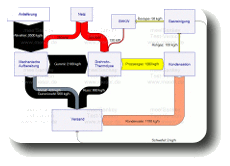
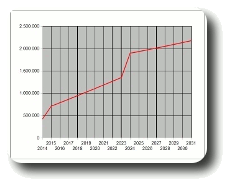


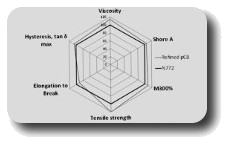
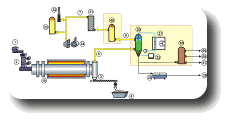
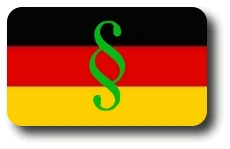
|
 |
 |
 |
 |
|
|
 |
| Dirk Gerlach Engineer
|
|
|
|
|
Energy efficiency of scrap tires thermolysis plants
Often we have discussions about the efficiency of the rotary kiln heating system. Sometimes the discussions very emotional, so we collected some facts and did a comparisation with our MAXI plant for a throughput of 1 t/h of scrap tires granulate.
Energy Brutto Consumption
Of shure there is a lot of energy losses by the hot off gas from the heating muffle, but in total we had to have a look of the brutto energy consumption of a system:
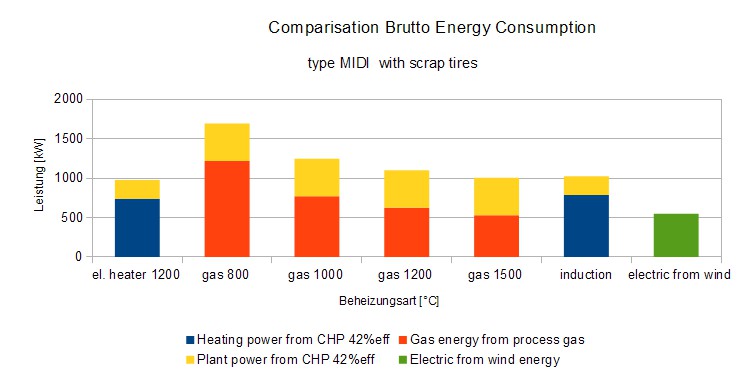
In the calculation we included only the main parameters, which shall be explained:
- In case of electrical consumers you have a look to the brutto energy, also during producing the electric power. In case of (safe) turbine power production with an electrical efficiency of 33% you need 3 times more brutto energy than you have as electrical power. So for a 400 kW electrical heaters you need in this case 1.2 MW brutto energy. In the diagram we calculated with a CHP efficiency of 42%
- In the diagram we did a separation of electric plant energy, which is always the same and the heating energy for an identical netto process energy.
- In case of higher burner temperatures the (procentual) heat losses decreasing, but the equipment prices will increase :-(
- For induction heating we still used the electrical heating values, but this will be updated when our researches get practical results.
Please note: These values are calculated for our conventional process temperature. In case of high temperature processing over 1000°C the electric heating can be in advantage.
Heat Losses

Please read following notes:
- Tires thermolysis is a thermal process, where gases will be produced, which can be used and should be used efficient!
- In case of electrical heating and a further product finishing where heat energy is needed, like distillation or steam activation, this heat must also produced by electrical heat (look to the brutto energy, which will increase again!)
- In case of gas heating we have an high temperature heat at 600°C which can easily used in a waste heat bolier for steam production or with a thermal oil heat exchanger for feeding a distillation or cooling unit. So the heat losses will decrease!
Conclusio
For thermolysing the same amount at the same temperature in different systems will always need the same netto energy!
How to give it in the system and how much brutto energy is needed, that is always the question...
If we are discussing about efficiency we had to calculate as like CO2-certificates. If we generate our needed electric power in the own plant it is easy to calculate, because we have all the relevant data or our power generators.
More difficult it will be if we use external electric power from coal fired power plants or natural gas turbines or wind mills or ???
|
|
|
Dipl.-Ing.(FH) Dirk Gerlach • Passion for Innovation
|
|  |
 |
 |
 |
|
|
A Service of LEO GmbH.
|



















